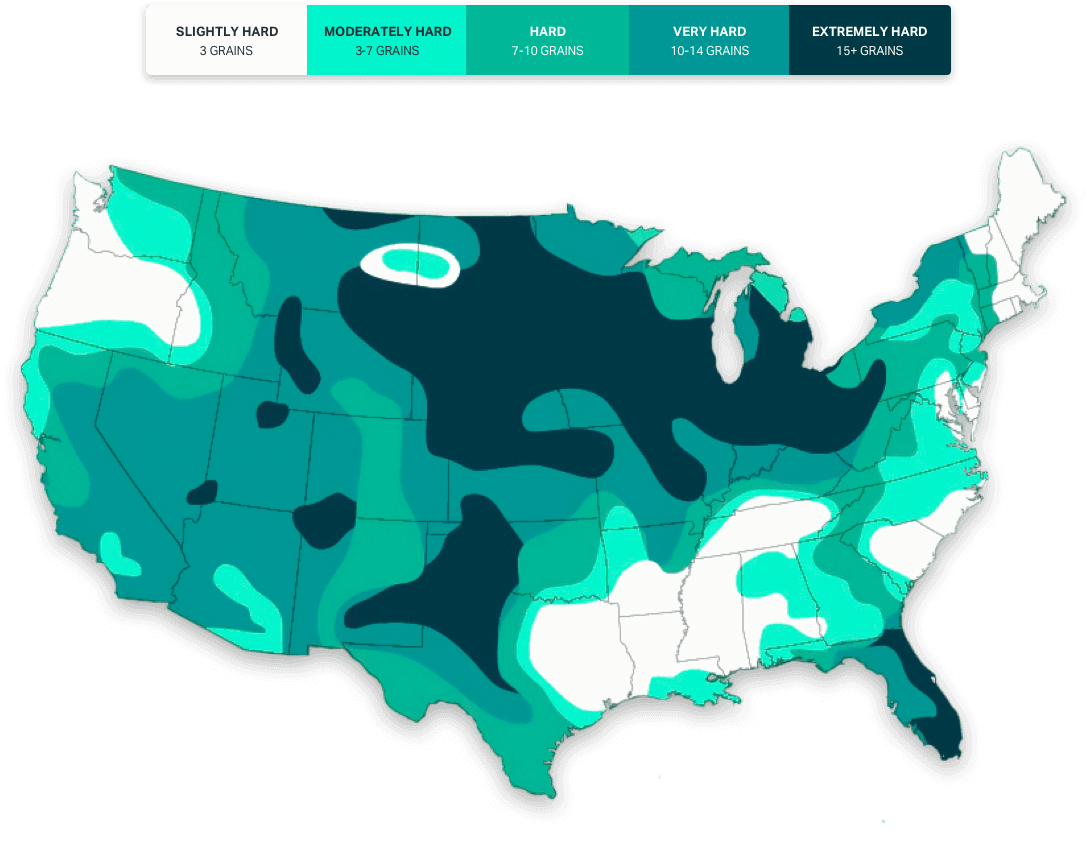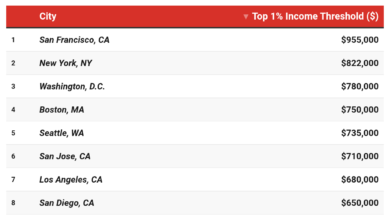Cities with the Hardest Water in the United States: A Water Hardness Map of America

Many areas in the United States face issues with hard tap water, but certain cities are more affected than others. If you reside in one of the cities listed below, it’s likely that the water in your home needs a softening solution.

Indianapolis, Indiana
The Indianapolis area struggles with water hardness, prompting residents to use in-home softening solutions to remove elevated levels of calcium and magnesium. The region’s water comes from both surface and groundwater sources, which can contain minerals that contribute to water hardness. In Indianapolis, hardness levels range from 12 to 20 grains per gallon, significantly higher than the national average.
This issue arises because much of Indiana is situated on limestone bedrock. The pipes beneath Indianapolis absorb tiny minerals from this limestone, which then end up in the water supply that reaches homes.
Las Vegas, Nevada
Las Vegas is famous for its casinos and entertainment, but many homeowners face the daily challenge of hard water. With an average hardness of 16 grains per gallon, the calcium and magnesium present in the city’s water supply remain unless treated by an effective water softener.
So, why is the water in Las Vegas so hard? The city sources 90% of its water from Lake Mead, which is located about 24 miles southeast of the Las Vegas Strip. Lake Mead is fed by the Colorado River, which collects calcium and magnesium as it flows. What begins as soft snowmelt transforms into hard water by the time it reaches the lake. Unfortunately, local municipal water filtration systems do not remove these minerals.
Minneapolis, Minnesota
Many Minnesotans regularly contend with the issue of hard water. However, this problem doesn’t affect everyone in the state. The Mississippi River, which supplies water to many residents in the Twin Cities, offers softer water compared to groundwater sources. This is because much of the river’s water flows over the surface rather than underground. In contrast, groundwater absorbs minerals from the natural limestone bedrock in the area, leading to higher water hardness.
If you live in a region with high water hardness, it’s important to address this issue to prevent stained dishes and clogged pores. Installing a salt-based water softener is the most effective solution, often resulting in an immediate improvement in water quality. While hard water is common in the Minneapolis area, residents can tackle the problem without needing to move far away.
Phoenix, Arizona
Phoenix-area residents are quite familiar with the impact of hard water. Kitchens throughout the region often have appliances covered with a chalky film, indicating the presence of hard water. This issue arises because most of the water in the Phoenix area comes from mineral-rich sources. The Colorado, Verde, and Salt Rivers supply these reservoirs, which are responsible for the high levels of calcium and magnesium in the tap water. Average water hardness of 12–17 grains per gallon in the city of Phoenix
San Antonio and Austin, Texas
In Central Texas, particularly in San Antonio and Austin, hard water is a common issue for residents. This region experiences some of the hardest water in the country, with levels ranging from 15 to 20 grains per gallon. The root of this problem lies in the type of rock beneath much of the area — limestone. As water flows through this region, it comes into contact with limestone and absorbs various minerals, such as calcium and magnesium, which contribute to the hardness of the water.
Tampa, Florida
Florida has numerous natural lakes, but its freshwater is prone to hardness. The Tampa area faces specific water softening challenges not as prevalent in places like the Panhandle or Jacksonville. Most of the tap water in this metropolitan region comes from groundwater, which absorbs calcium and magnesium as it flows through mineral-rich soil and rock. While heavy rainfall helps to dilute the water, the hardness levels can still vary, often reaching up to 17 grains per gallon.
Los Angeles, California
Southern California is known for its mild climate, but the tap water in the region isn’t always as agreeable. Hard water, which is common in municipal water sources throughout the Los Angeles area, doesn’t pose a health risk but can be a major inconvenience, especially when dealing with its stubborn residue. For many residents, the Colorado River is the primary source of this hard water, as public water supplies don’t remove its high levels of calcium and magnesium.
Chicago, Illinois
Chicago faces a common issue with its tap water: it is quite hard due to elevated levels of calcium and magnesium. This mineral-rich water can lead to problems with appliances and fixtures over time. Dishwashers, washing machines, and sinks are particularly vulnerable to staining from this hard water. Residents who use groundwater are especially prone to this issue because the rock formations in Northern Illinois have high mineral content. As a result, calcium and magnesium end up in the water supply, contributing to the overall hardness.
Sacramento, California
Residents of Sacramento rely on two primary sources for their water: groundwater and local rivers, such as the American River. Those who get their water from groundwater are more likely to encounter hard water problems at home. If you’re in this situation, investing in a water softener might be a worthwhile solution.




